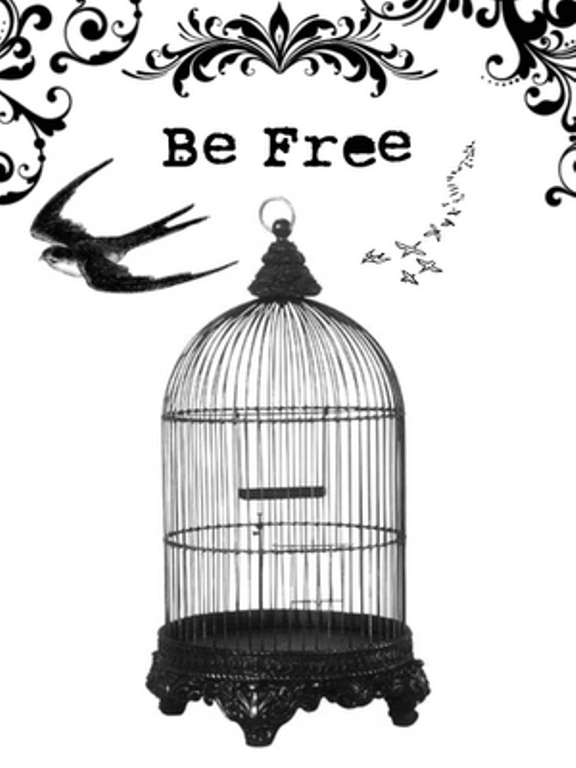

Author / Reader Interaction
One of the more fascinating aspects of novel writing (of which I believe there are many), is the ongoing interaction between author/reader.
The novice novelist often tends to view the novel-writing process as totally one-sided. This is only natural when all of the features, facets, and components of piecing together an entire novel is such a new—and sometimes overwhelming—experience. So much to think about.
It can be compared to any new learning experience. Remember when you first learned to drive? Remember how you had to think about each and every move you made? Now after years of driving, you are still attentive and careful, but much of what you do is simply automatic. It's the same with novel writing.

Each One Has a Part
The writer who thinks that writing is one-sided, that she is doing all the work and the reader is along for the ride, will end up with boring scenes and stories. The truth is author and reader must each one do her part.
When the writer does too much of the work, leaving nothing for the reader to do, that reader sets the novel aside and may never know why.
Weave Details into Action
As novelists, we learn how to observe, for instance, the actions or the facial expressions of an individual. We then learn how to artfully weave such details into the actions of a character to bring that character to life.
The opposite of this is the untrained novelist who observes such details, and then lists them for the reader. In effect, this author is saying, “I want you to come to the same conclusion that I have come to. And I am going to help you do it.”
Here's an example of what I mean:
Daphne had the face of a highly discontented and high-strung person. She had a habit of making people feel uncomfortable.
With this sentence, we have the mark of an amateur author who is patronizing the reader. In essence this says, “You may not get it, so I have to tell you how you are to imagine Daphne’s face.”

Now let’s look at Daphne in another version:
Daphne's heels clicked on the terrazzo floor as she approached her two guests. Clasping her hands before her with fingers tightly intertwined, she pursed thin lips as though reluctant to speak a civil greeting. Her green eyes narrowed as her glance darted from one guest to the other.
Can you see Daphne's face? Now the reader is involved. Now the reader is put to work. The scene is presented with no canned, carefully prepared, assumptions.

Set Your Reader Free
No matter if you are presenting your character’s facial features, posture, expressions, voice inflection, emotions, or whatever, beware of hitting the reader over the head with information. Avoid infringing on the reader’s freedom of thought. Set the reader free to make up his or her own mind about your character.
You, as the author, know all about Daphne’s personality. In beginner eagerness you want to tell your reader all about it. If you do that, the reader is left with little involvement. You are holding all the cards in the game. No fun.
Your reader is interested only when she is fully engaged in your novel. Let her take an active, creative part in this novelist / reader relationship.
Novelists who are attentive to their craft will involve the reader imaginatively as well as affecting that reader's emotions. Learn to involve the reader and make the reader work. This is how you hone your skills as a novelist.
Recently, I wrote another post about reader involvement entitled, "Greetings Reader! Come on In." Check it out here.
Get in tandem with your reader and keep on writing!
Writing/Publishing Sites
http://www.beanovelist.com/
https://www.facebook.com/BeANovelist/
http://www.cleanteenreads.net/
https://www.facebook.com/CleanTeenReadsNet/
This post has received a 3.31 % upvote from @boomerang.